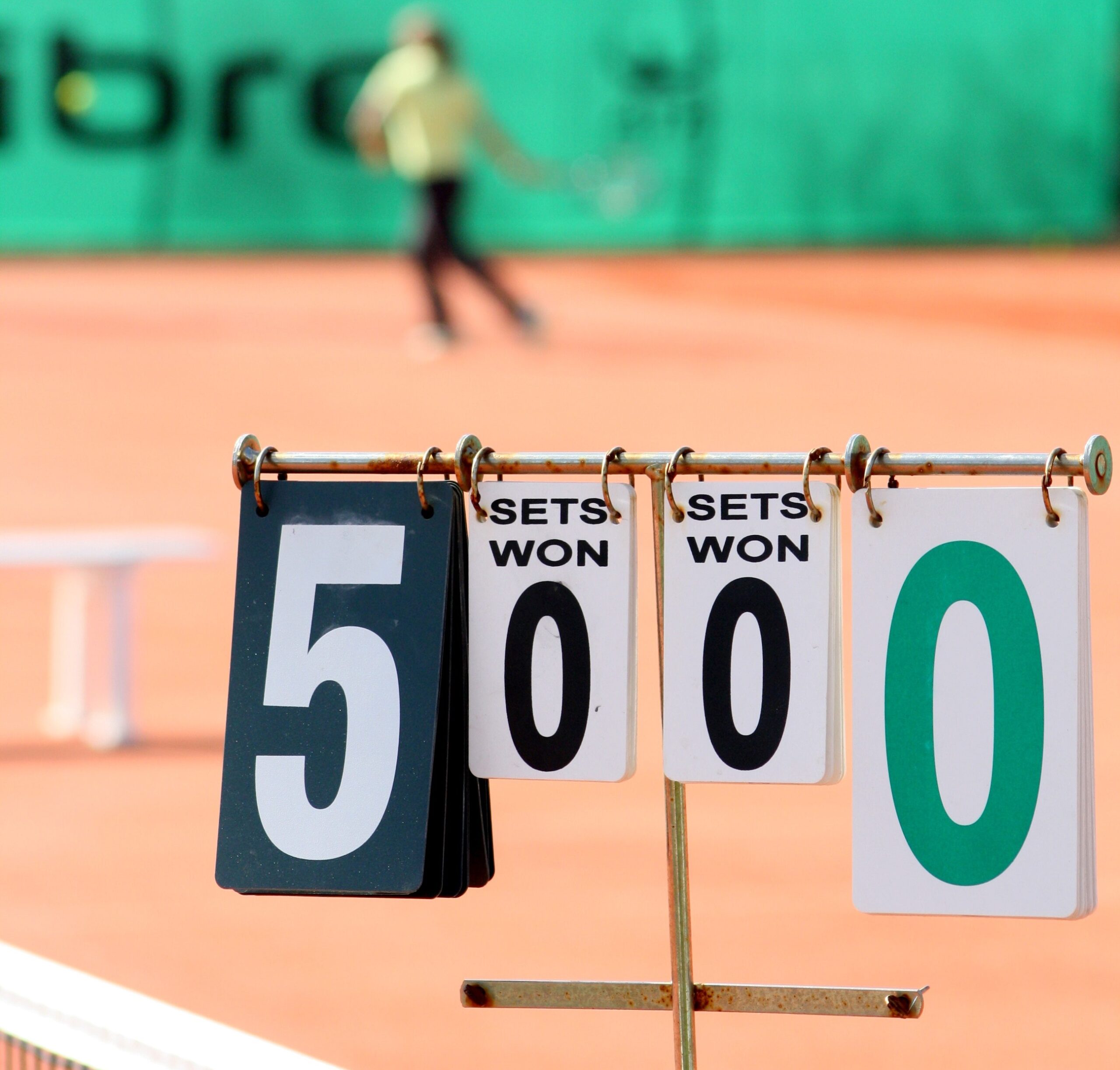
Zero in Tennis is called "Love"
ennis, a globally cherished and prestigious sport, boasts a rich history spanning centuries. Over time, its rules and scoring systems have evolved significantly, shaping it into the dynamic and competitive game we know today. In this article, we will explore the captivating journey of tennis rules and scoring, shedding light on developments in men’s, women’s, and doubles matches.
Historical Context and Early Tennis Rules
In the late 19th century, tennis, also known as “lawn tennis,” gained popularity. During this era, the game was played on grass courts, and players utilized wooden rackets. A notable rule change introduced during this period was the concept of serving diagonally into the opponent’s service box.
The Introduction of Tiebrakers and Scoring Systems
As tennis gained prominence, rule modifications aimed to enhance competitiveness and spectator experience. A significant change was the introduction of tiebreakers in the 1970s. This revolutionized the scoring system, ensuring more concise conclusions to sets, which were previously decided by advantage scoring, often leading to lengthy matches.
Rules and Scoring for Men’s, Women’s and Doubles
Men’s tennis Grand Slam tournaments, such as the Australian Open, French Open, Wimbledon, and the US Open, follow similar rules. Matches are best-of-five sets, with each set requiring a player to win six games. However, a set must be won by a margin of at least two games. If a set reaches a 6-6 tie, a tiebreaker is played, with the first player to reach seven points securing the set.
Women’s tennis adopts a similar structure to men’s, with slight differences in Grand Slam tournaments. Women’s matches utilize a best-of-three sets format, while the scoring system remains the same. A tiebreaker is played in case of a 6-6 tie in a set.
Doubles tennis adds an extra layer of excitement to the sport. The rules and scoring for doubles matches differ slightly from singles matches. In doubles, each team consists of two players, and the court width is adjusted to accommodate the additional player. The scoring system remains the same, but the serving order alternates between teams every game and point.
Recent Rules Changes and Innovations
Tennis continues to evolve, introducing rule changes and innovations to further enhance the game. One such change is the implementation of the shot clock, which ensures players adhere to specified time limits between points.
Another significant innovation is the introduction of HawkEye line calling technology. This revolutionary technology, introduced in the early 2000s, utilizes cameras and computer algorithms to track the ball’s trajectory, providing highly accurate digital replays for close calls. Players are allowed a limited number of challenges per set, usually three, using HawkEye. If the review confirms the original call, the player loses the challenge; otherwise, they retain it.
The introduction of HawkEye technology has elevated the sport, enhancing fairness, accuracy, and minimizing disputes. Moreover, it has added a strategic dimension as players tactfully choose when to employ their challenges.
Conclusion
Tennis has witnessed numerous rule changes and scoring system adaptations throughout its illustrious history, shaping the game into its modern form. From its early days to the present, the evolution of tennis rules and scoring has increased its global appeal. Whether through the introduction of tiebreakers, gender-specific rules, or the dynamics of doubles play, tennis continues to captivate fans worldwide.
Looking ahead, tennis is likely to further evolve and adapt to meet the demands of players and spectators. Rule modifications may focus on streamlining the game, ensuring fairness and maintaining the competitive spirit. Technological advancements, including artificial intelligence and data analytics, could enhance line calls and provide valuable insights, adding new dimensions to the sport.
Ultimately, the ongoing pursuit of excellence, fairness, and entertainment drives the evolution of tennis rules and scoring. The sport will continue to captivate fans with its thrilling rallies, strategic gameplay, and relentless pursuit of victory. Whether you’re a casual observer or a devoted player, the ever-changing landscape of tennis rules and scoring keeps the sport fresh, exciting, and full of opportunities for greatness.
So, the next time you step onto the court or settle into your favorite armchair to watch a match, take a moment to appreciate the rich tapestry of history behind the rules and scoring that make tennis the beloved sport it is today.



Fascinating article about the history of tennis rules and scoring! I love how you delve into the historical context and showcase the evolution of the game. The introduction of tiebreakers in the 1970s to shorten matches is a particularly interesting point. It’s amazing how the sport has adapted over time while still retaining its core elements. I’m also curious to know your thoughts on the future of tennis rules and scoring. Overall, a great read that left me wanting to learn more about this fascinating sport!